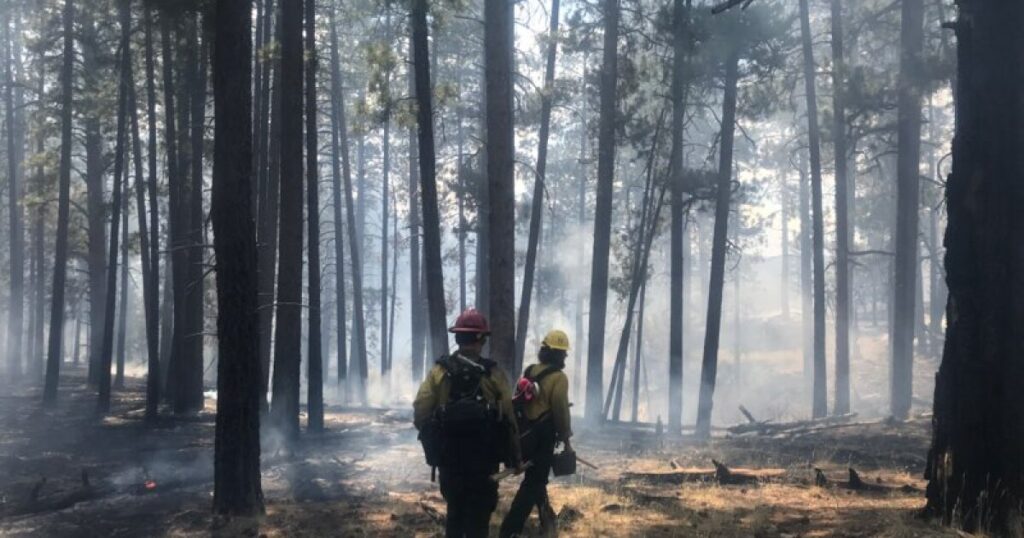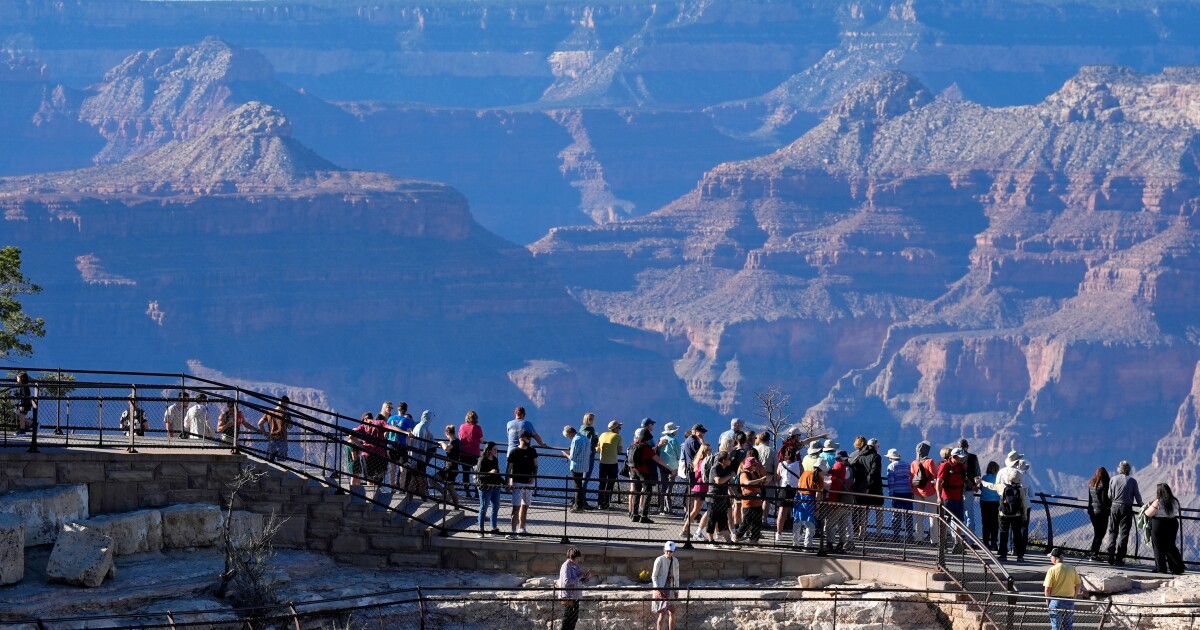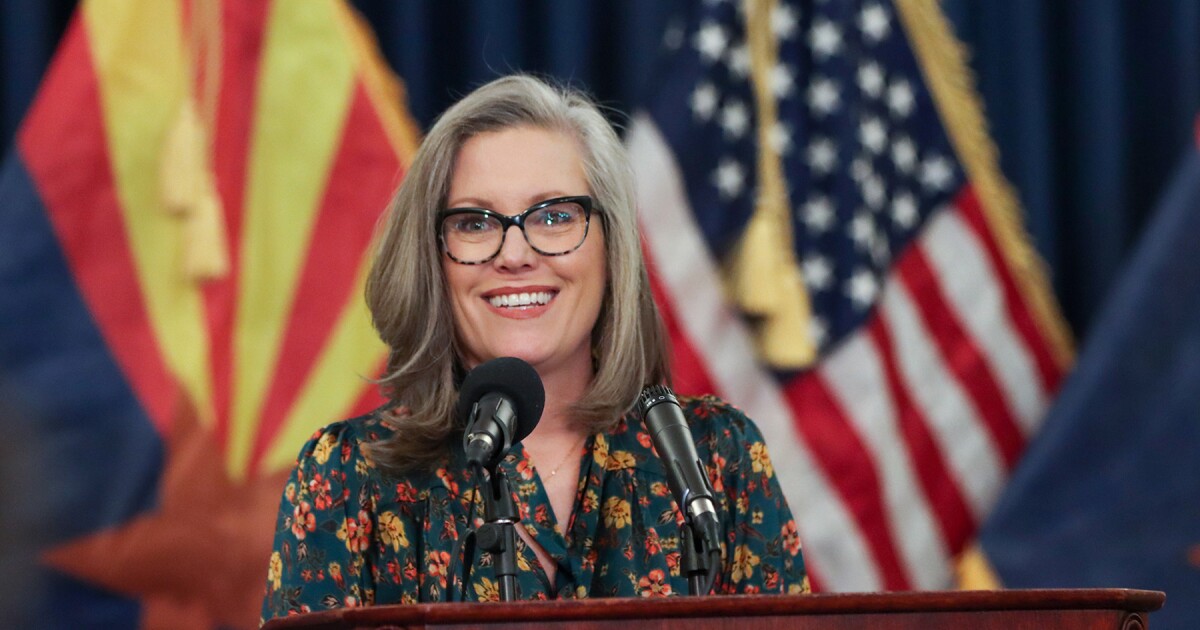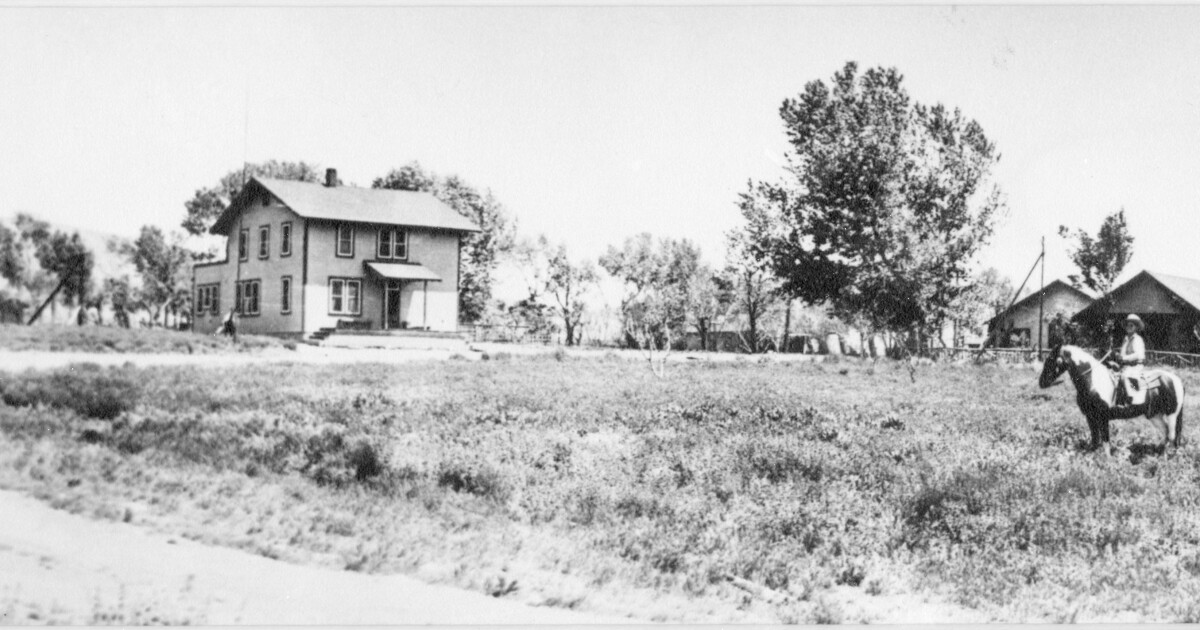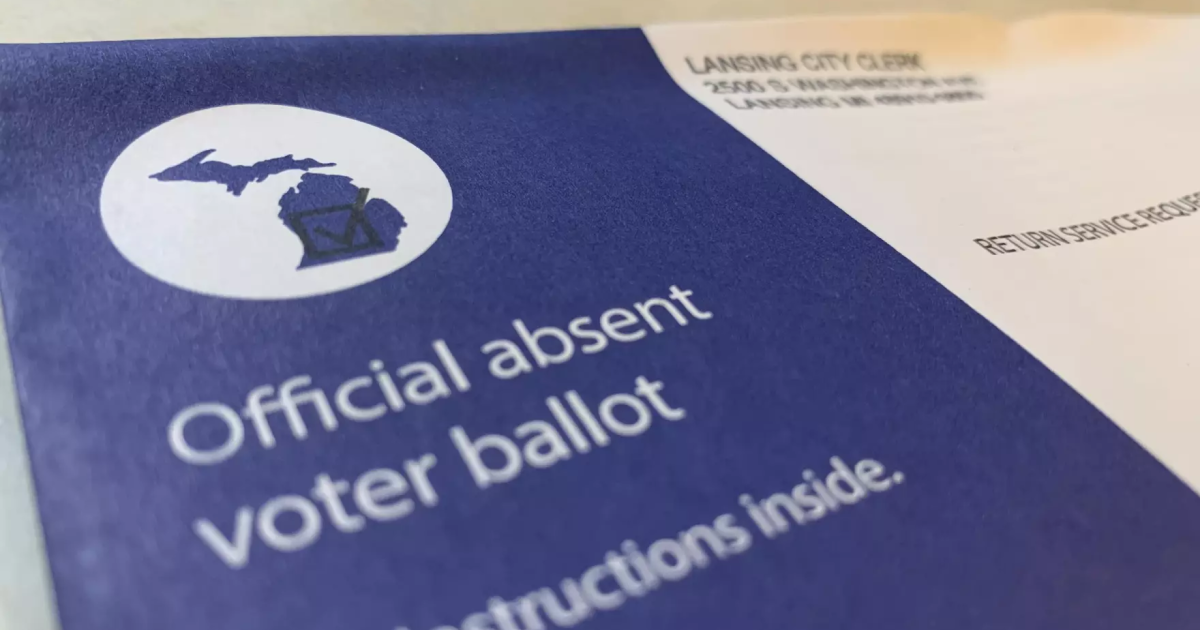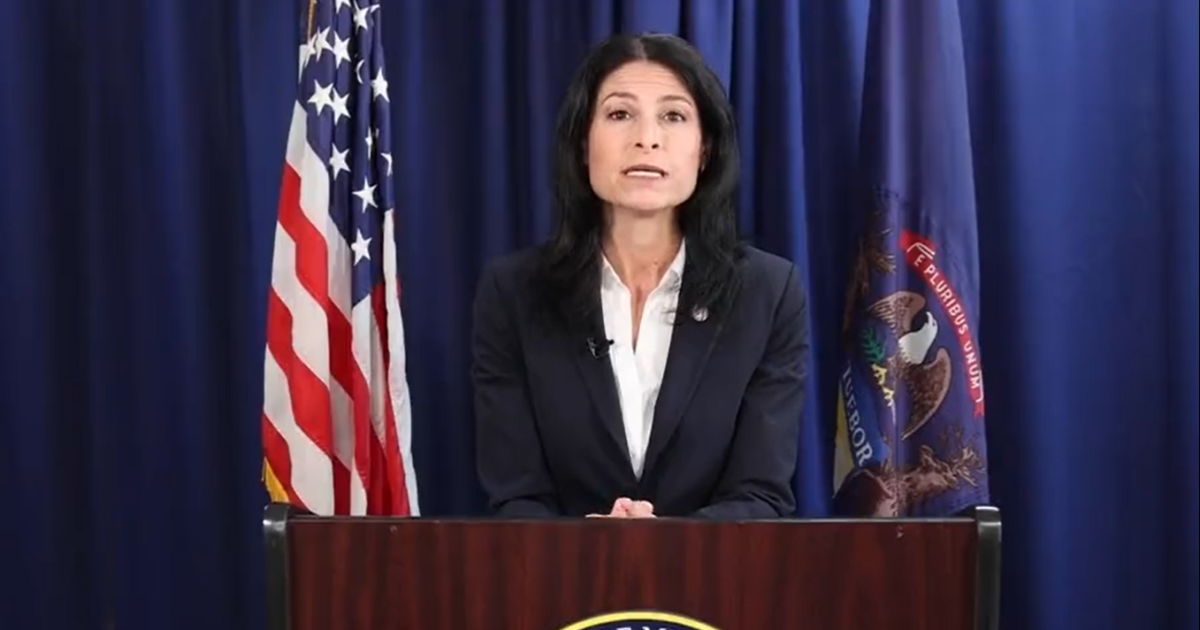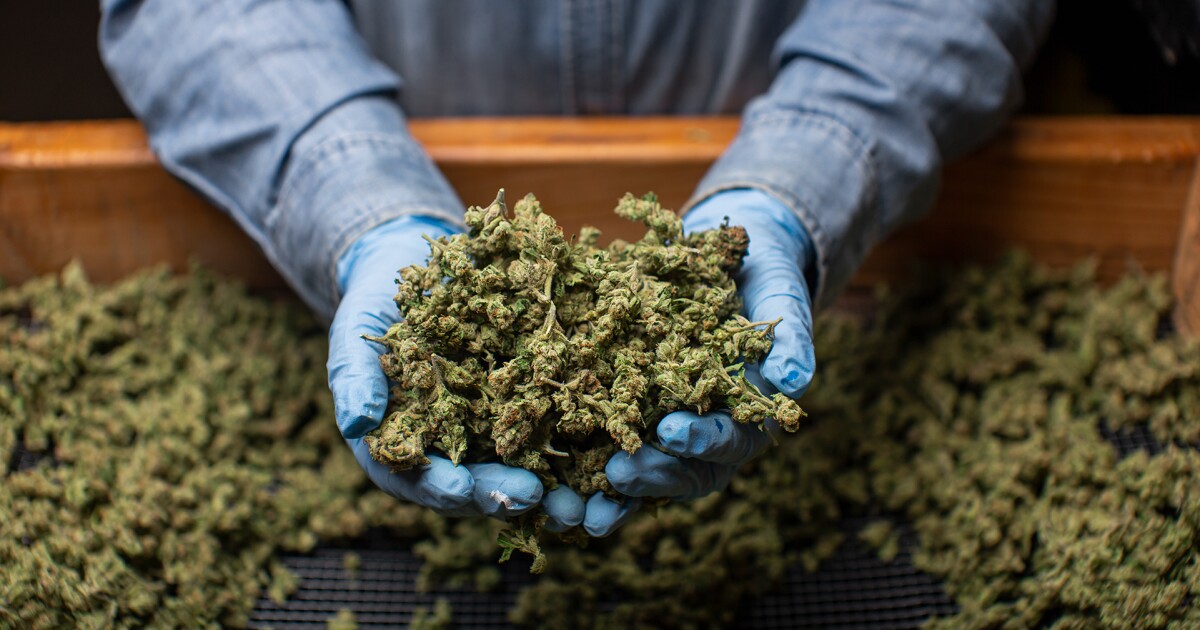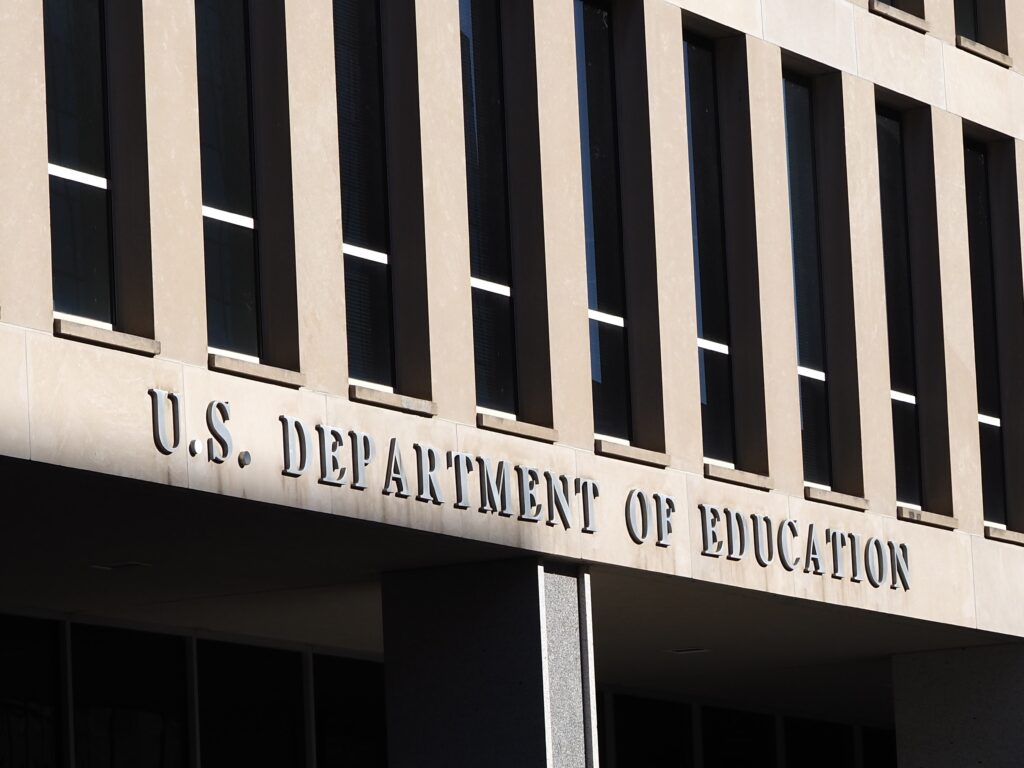A recent federal evaluation has shed light on the consequences of the Dragon Bravo Fire on the Grand Canyon’s North Rim, focusing on soil conditions and subsequent risks. The Burned Area Emergency Response (BAER) team, in collaboration with the U.S. Forest Service, spearheaded the analysis, which revealed that 97,724 acres — approximately 67% of the affected area — experienced low burn severity.
Detailed assessments indicate that severe burning affected 2% of the soil, while 26% experienced moderate burning. These results, derived from both on-site evaluations and remote sensing technology, are crucial for understanding the fire’s impact on soil health and associated risks such as erosion and runoff.
The evaluation underscores the potential threat to watersheds and the increased likelihood of flooding and debris flows into the Colorado River. This information will guide emergency stabilization measures aimed at safeguarding human and environmental resources.
As of a recent update, the Dragon Bravo Fire, which was ignited by lightning, has burned 145,504 acres and is 64% contained. The fire is now ranked as Arizona’s seventh-largest wildfire.
Governor Katie Hobbs has reiterated her call for an independent review of federal actions, following claims of downplayed safety threats and deviations from the Grand Canyon’s fire management plan, as reported by the Arizona Republic.
Remarkably, the iconic burro statue, a cherished fixture at the Grand Canyon Lodge on the North Rim, survived the fire unscathed.
—
Read More Arizona News

